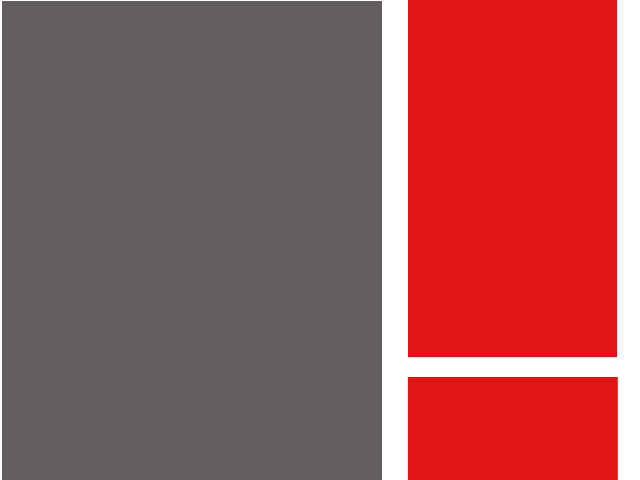About LytePod by Lytei
The honest truth, conversations you want to hear about architectural lighting! Learn and be inspired. Featuring the creative minds of the industry: from designers to manufacturers, innovators, and professors - learn about their habits, ideas, accomplishments, and more!
0 Comments
(Above) Exterior. Blue perimeter uplights provide a feature at apron exterior, highlighting the airport’s key color. Ring pendant lights further reflect the architecture. HLD also received IES 2020 National Award of Merit for the BPHA Pro Shop at TD Garden Arena in Boston and the Greater Rochester International Airport Entrance Canopy. Project Summary Charlotte Douglas International Airport (CLT) is the USA’s 11th busiest airport (2019) ranked by passenger traffic and is undergoing rapid expansion and renovation. CLT had specific requirements for Concourse D lighting renovation:
Lighting concept: Improve the sense of space by replacing downlit general lighting scheme and puny perimeter uplighting. New luminous 7’ diameter ring pendants provide general illumination in up and down lighting. Uplighting reveals 30’ ceiling height and intricacy. Downlighting significantly increases light levels at the floor, a particular priority for the airport. Pendant shape re-enforces half-rotunda silhouette at terminus of concourse, the only of its kind at the airport. Indirect uplighting at perimeter in ‘CLT blue’ scheme or alternate white scheme adds cheery ambiance and unique identity. CLT required tie-back to existing controls and daylight harvesting. Perimeter up lights have custom, separate boards (white / blue). This allows the option for color, but avoids a complex, expensive DMX system. Specifying running-line luminaires, and modified luminaires with negotiated ‘fast-track’ production met tight time-line requirements. Illumination levels went from existing 8fc average to 30fc average. Previously a very dreary and dark concourse, the lighting renovation lifted the space, both visually and photometrically. Lighting levels now balance daylight contribution and feel well-lit and glare-free in the evening. Legacy light sources were replaced with all-LED luminaires resulting in 42% better than code energy consumption. Project Images (Below) Exterior. Blue perimeter uplights provide a feature at apron exterior, highlighting the airport’s key color. Ring pendant lights further reflect the architecture. (Below) Left: Before. Right: After. Brighter, more comfortable and even illumination achieved in spite of utilizing existing power locations, fulfilling the airport’s main requirement. (Below) Looking towards concourse entrance. An 18’ ring pendant accentuates ceiling structure, architecture and floor compass detail. (Below) Left: Photometric rendering. Right: Towards gate entrances. Ring pendants provide additional uplighting to a freshly painted ceiling, highlighting the architecture and brightening up the space. (Below) Concourse entrance. Existing legacy source perimeter uplights provided minimal ceiling illumination. New blue LED perimeter uplighting creates a special moment. About the IES Illumination Awards
The IES Illumination Awards program recognizes individuals for professionalism, ingenuity, and originality in lighting design based on the individual merit of each entry. Judges are selected from a broad professional spectrum, representing knowledge of lighting and design excellence. The judging system is entirely based on how well the lighting design meets the program criteria. The Illumination Awards program is not a competition. (Above) Linear LED/acoustic baffle pendants and accents of color draw customers to a feature display prominently highlighted by a suspended, 16’ diameter LED ring. HLD also received IES 2020 National Award of Merit for the Charlotte International Airport Concourse D Terminal and the Greater Rochester International Airport Entrance Canopy. Project Summary Grit. Heart. Heritage. Authenticity. Principles guiding design for Boston Bruins and Celtics official team store. The goal? Seamlessly blending exposed ceilings, honest materials and retail merchandise with state-of-the-art audio-visual displays and digital signage, creating an immersive environment enhanced by multi-layered retail and entertainment lighting, featuring automated lighting shows. Individually, wirelessly addressable LED track lighting fulfills lighting power density and controls compliance, granular control and long-term flexibility. Furthermore, designers implemented a new technology of electronically adjustable beam spreads without lenses or filters, allowing ladder-free, fine-tuning of light distributions on merchandise displays. The retail scheme includes nuanced moments of architectural enhancement. This is a first ever installation combining 250+ track heads with dimming and beam shaping, initially necessitating two Bluetooth radios and two commissioning “apps” per fixture. Designers engaged with the LED manufacturer early. A Beta version interface combining these aspects was created based on the designers’ requirements. Wash lights and moving lights dynamically support team color and goal score light shows. Designers conferred with IT and arena operations to spec a lighting controller compatible with the arena’s largescale DMX based system, and capable of receiving triggers, dimming retail lighting and calling light shows. When concepts were presented to ownership and staff, there were concerns about ease of use. Staff wanted simple, time-based control, coordinated team-based color scenes and dynamic event-based shows. Timeclock-based events are automatic and simple point of use control via a custom Web interface is installed on staff’s smart phones. Training staff was easy and they appreciate the ability to override programmed shows if needed. In summary, this thoughtful design and complex control system integrates multiple, wired and wireless protocols in a seamless lighting system; removing the burden of control from staff and facilitating a dynamic, immersive retail environment for fans, concert goers, attendees of other TD Garden events. Project Images (Below) Window displays, backlighted graphic signage, internally lighted pedestals draw attention to the team store’s entries. Inside, gold or green colored lighting signify team game days. (Below) A double-height, rotating display backlighted from floor to ceiling, automatically coordinated with team colors is front lit with variable beam LED t rack lights. (Below) The queue area is identified by a video ticker tape. Colored lighting promotes circulation. Unobtrusive, narrow-beam LED cylinders and downlighting eliminate reflections on video screens. (Below) 250+ addressable, wirelessly cont rollable LED t rack lights solve varying intensity, ceilings and mounting heights challenges. Beam shaping technology delivers precise accent without lenses or filters. (Below) Designers developed a color coded, numerically sequenced “map” of the store’s lighting to facilitate commissioning of wireless LED track lights and LED cylinder luminaires. (Below) Programmed light shows indicate 30 minutes to game time, half time, game over. Also, Goal Score during a hockey game. Inset shows custom Web interface. (Below) LED shelf lighting on rotating hat displays and color-changing, LED lighting at toe kicks synched with colored themes and shows provide finishing touches. (Below) A future benefit? The wireless lighting broadcasts Bluetooth beacons which can be synced with Fan apps to further enhance the immersive experience. About the IES Illumination Awards
The IES Illumination Awards program recognizes individuals for professionalism, ingenuity, and originality in lighting design based on the individual merit of each entry. Judges are selected from a broad professional spectrum, representing knowledge of lighting and design excellence. The judging system is entirely based on how well the lighting design meets the program criteria. The Illumination Awards program is not a competition.
(Above) View at front entry. Scenes acknowledge holidays, events and times of day - dawn, dusk and midnight. HLD also received IES 2020 National Award of Merit for the BPHA Pro Shop at TD Garden Arena in Boston and for the Charlotte International Airport Concourse D Terminal. Project Summary Greater Rochester International Airport had a comprehensive plan - become a world class airport. Renderings, used to garner public support/funding circulated of an aerodynamic, somewhat translucent, curving tensile fabric structure. The canopy glowed brightly from color changing fixtures positioned high above with light softly glowing through the material. During design, the tensile material shifted to mostly opaque presenting a threefold challenge - how best to meet the established design promise of a colorful canopy top, properly light the canopy underside for pedestrian/vehicular traffic and create an interesting entry experience under the canopy. Roadway lights chosen to mimic the organic form provide excellent light levels/uniformity across drive lanes and sidewalks. The central bridge/walkway is lighted with low glare, diffuse ceiling lights. The canopy itself was modeled in 3D to calculate necessary beam angles and outputs of all fixtures. RGBW fixtures with varying beam spreads mounted to garage and airport roof evenly light top surface of canopy. Where visible, glare shields are provided. Smaller, RGBW fixtures mounted 4' above grade (above snowfall heights) on garage side of structure frame uplight outer canopy surfaces not addressed from the garage mounting locations. RGBW fixtures mounted to both sides of each set of canopy structures evenly light the underside. All fixtures are LED to meet requirements for energy efficiency, maintenance and flexibility. Tunable white, individually addressable dot strings mounted to the underside frame are programmed to vary color temperature and intensity. Originally designed to run crosswise on each support, budget constraints led to quantity reductions and a staggered pattern. Roadway/bridge lights are controlled by BMS via timeclock. All DMX fixtures are controlled by remotely accessed DMX controller with timeclock. Multiple scenes were developed for dynamic display capability. The average time spent under the canopy is four minutes, no scene exceeds four minutes. Project Images (Below) Greater Rochester International Airport main entry - setting the tone for a heightened airport experience. (Below) Daytime rendering. Overlapped fabric frames approximately 615' long x 140' wide with center walkway and bridge. Structure spans upper and lower roadways. (Below) Nighttime rendering originally shared with municipality and public for support and funding prior to design team involvement. (Below) Underside: RGBW fixtures have 23 degree beam spread for the upper canopy and 43 degree beam spread for the lower canopy. (Below) Top: Garage mounted RGBW fixtures - 23 degree beam upper canopy, 45 degree beam lower canopy. Airport building mounted RGBW fixtures - 35 degree beam. (Below) Pedestrian: Column mounted RGBW fixtures - 20 degree beam - mounted 4' above grade (above likely snowfall heights) to uplight outer canopy surface. (Below) Tunable white, individually addressed LED dots add an unexpected element - twinkling starlight. This was the only cost cutting measure required to stay in budget. (Below) Sequence of operations - top canopy - individually controlled, under canopy - grouped by column bay to match top. Dot strings - dots individually controlled. (Below) View from garage roof Multiple scenes allow for an ever-changing palette. Scenes are dynamic - light scrolls front to back or side to side. About the IES Illumination Awards
The IES Illumination Awards program recognizes individuals for professionalism, ingenuity, and originality in lighting design based on the individual merit of each entry. Judges are selected from a broad professional spectrum, representing knowledge of lighting and design excellence. The judging system is entirely based on how well the lighting design meets the program criteria. The Illumination Awards program is not a competition. |
Archives
October 2023
Categories
All
|



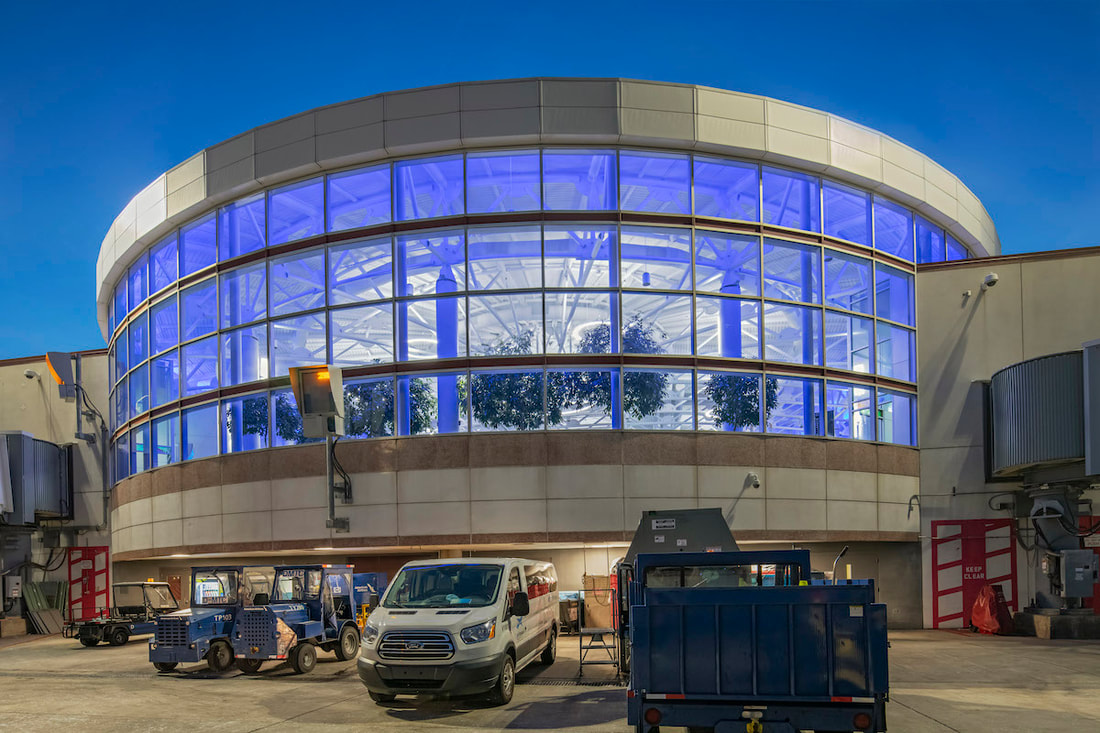
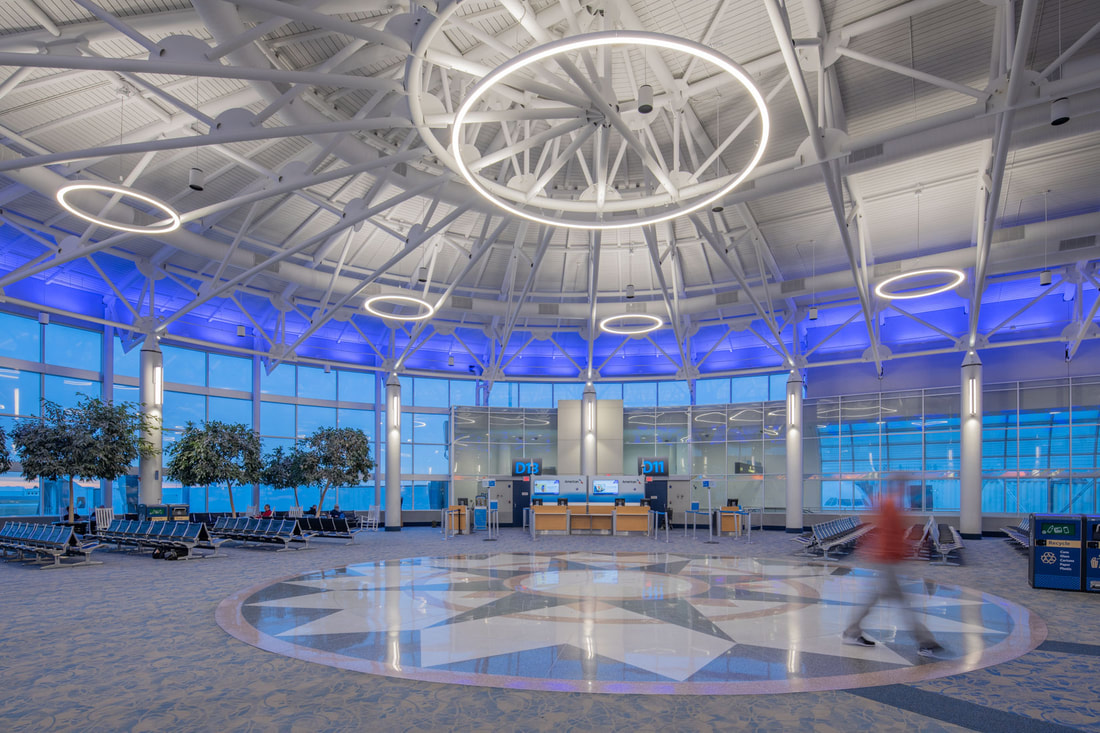
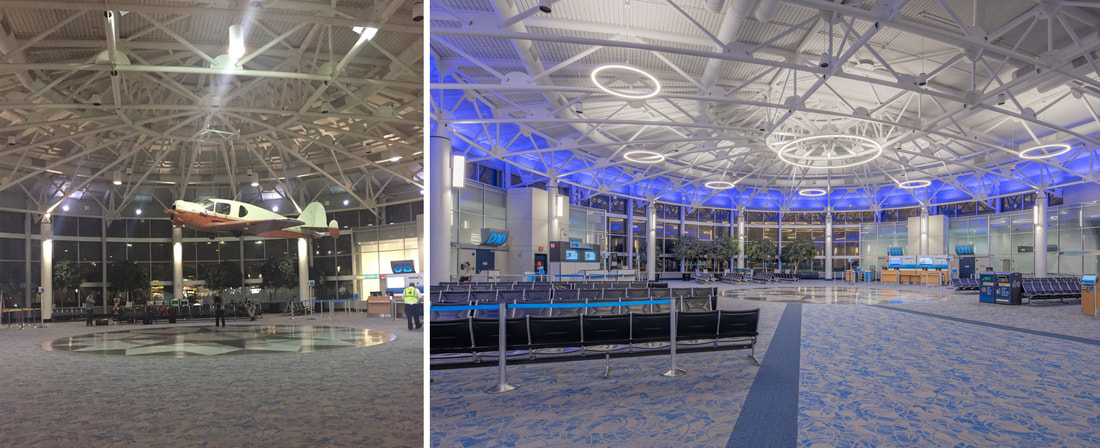
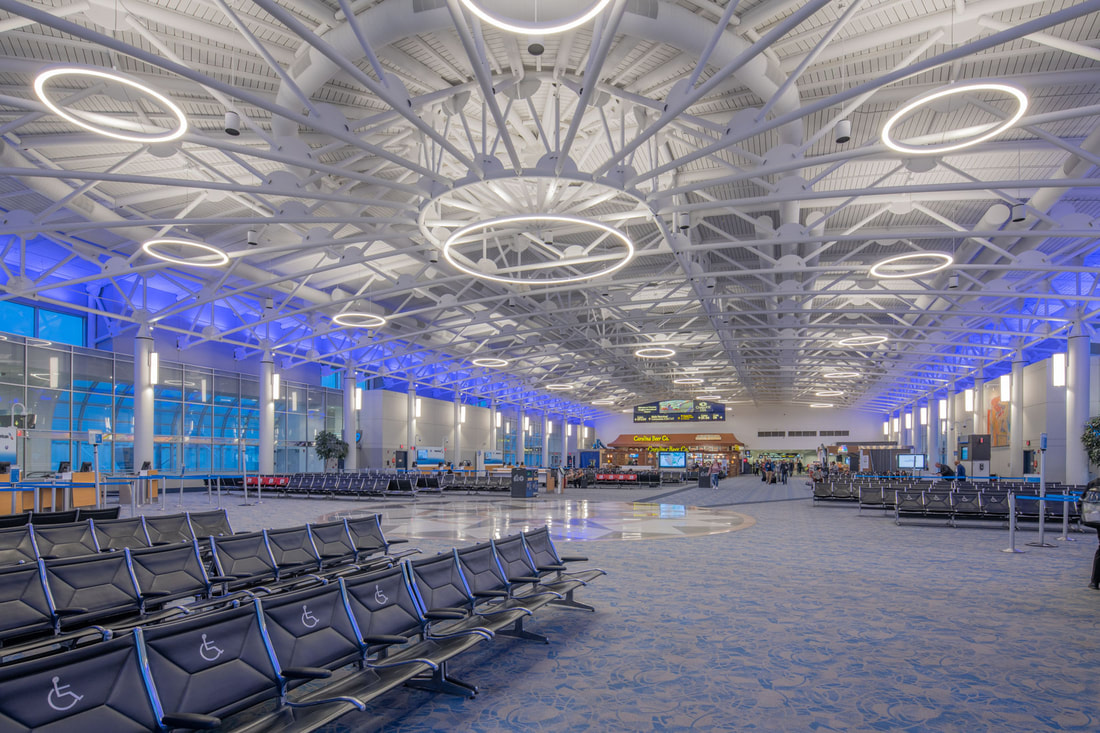
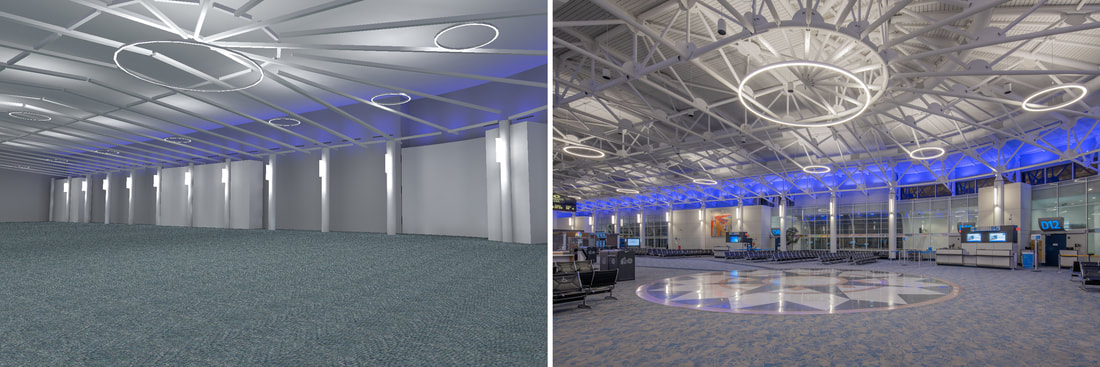
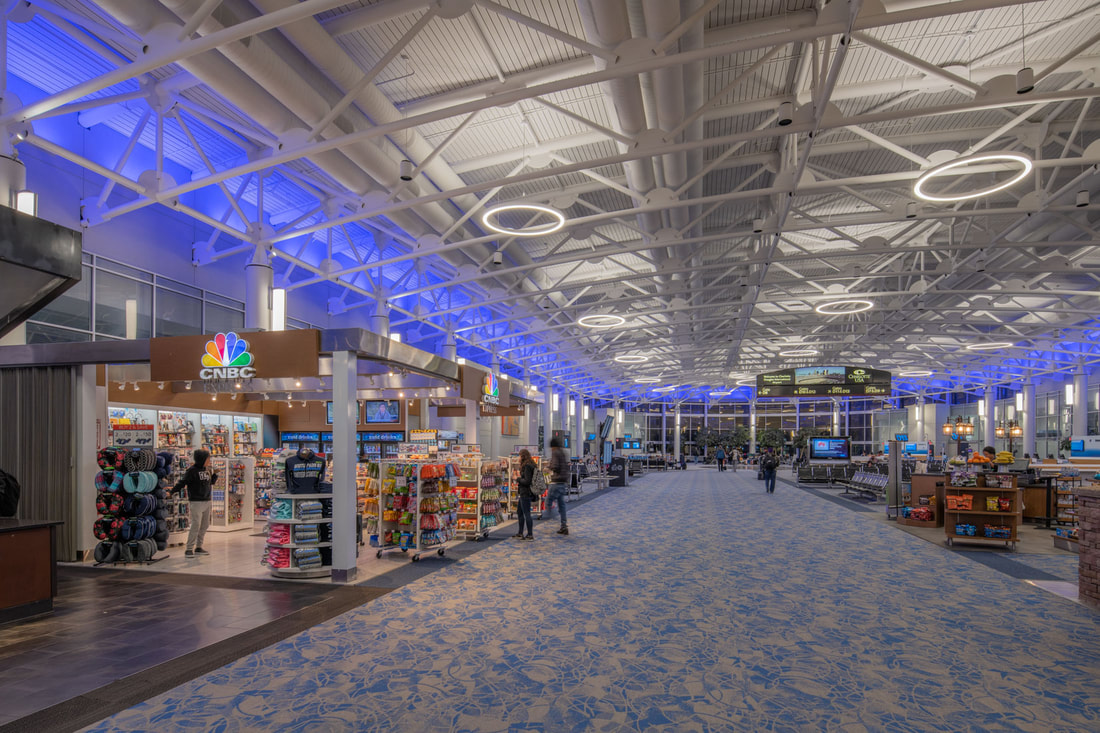

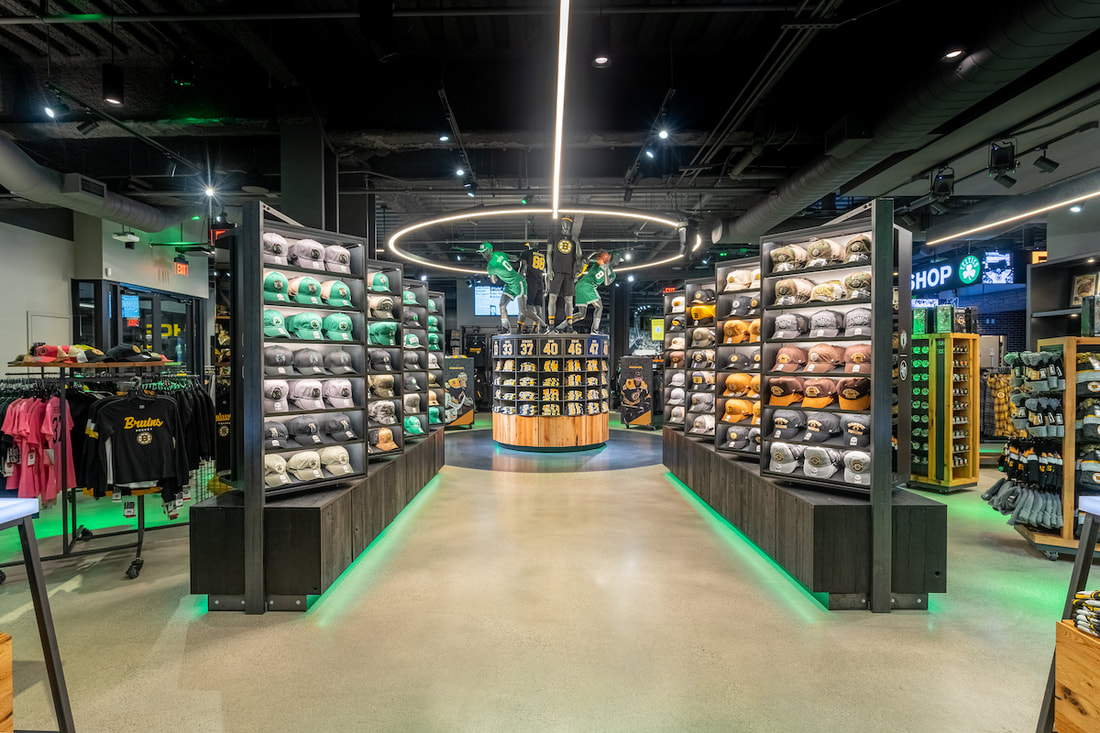
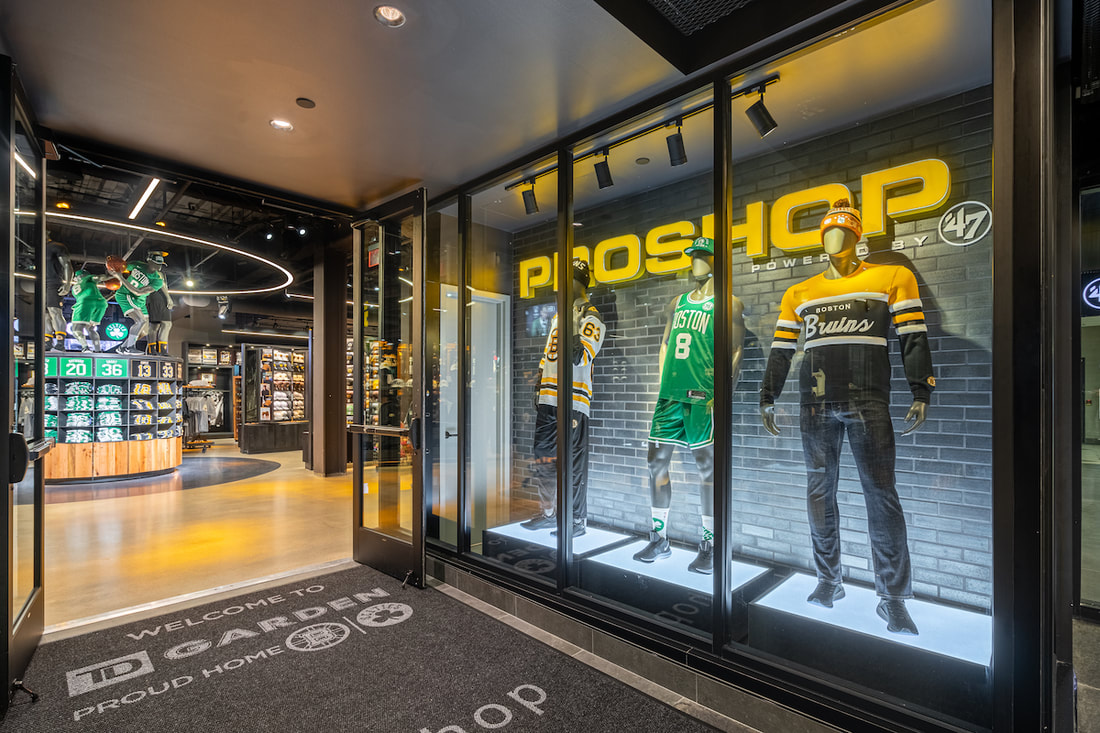
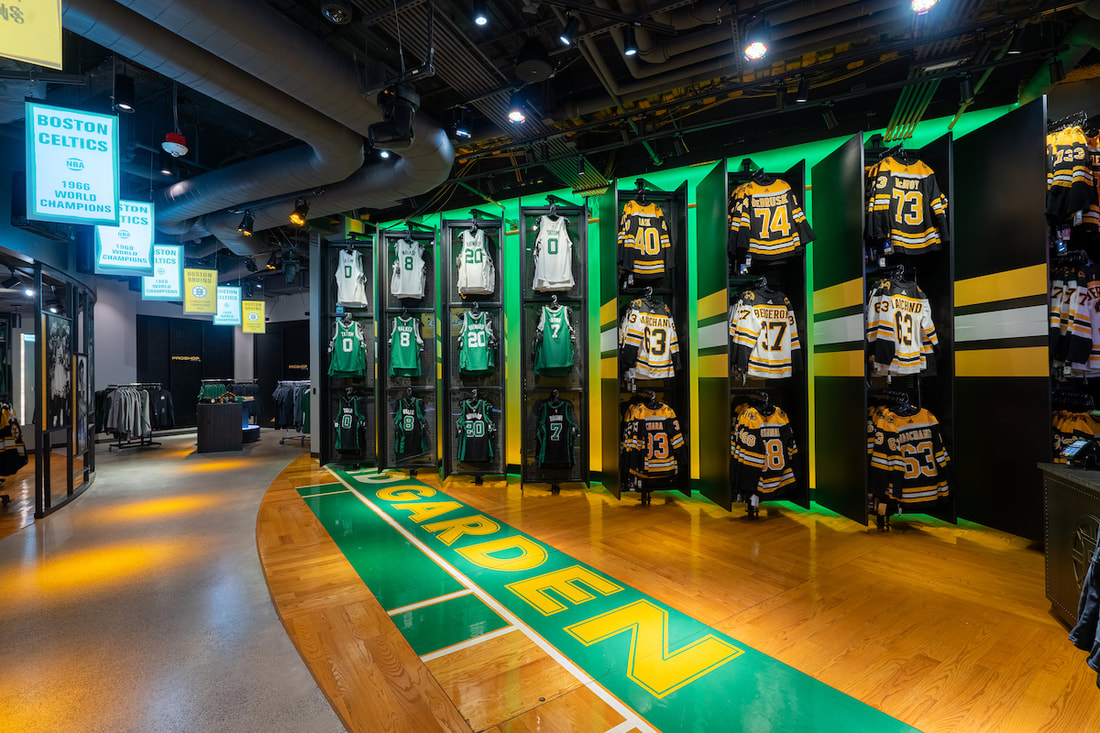
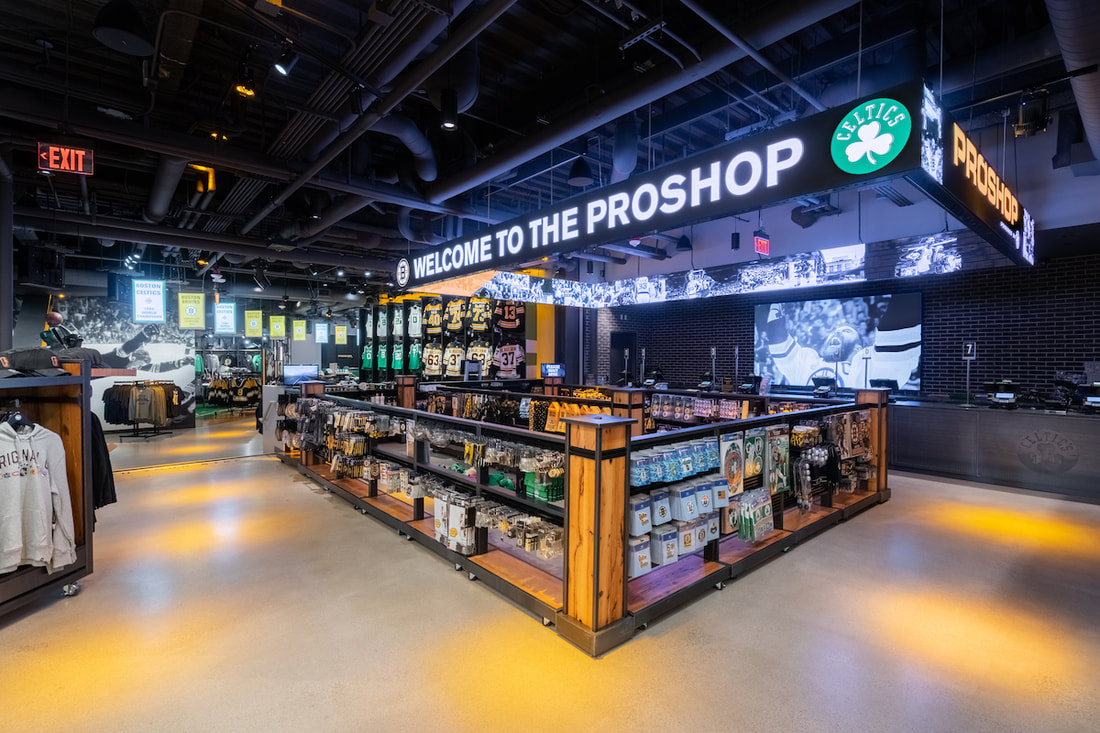
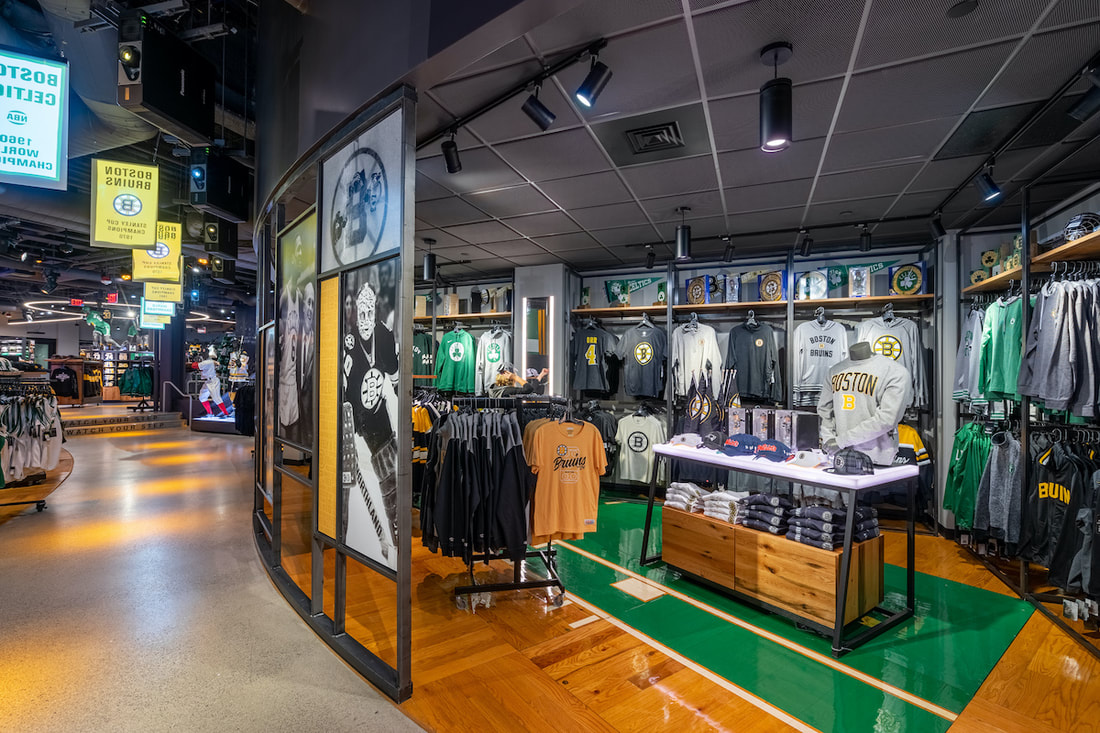
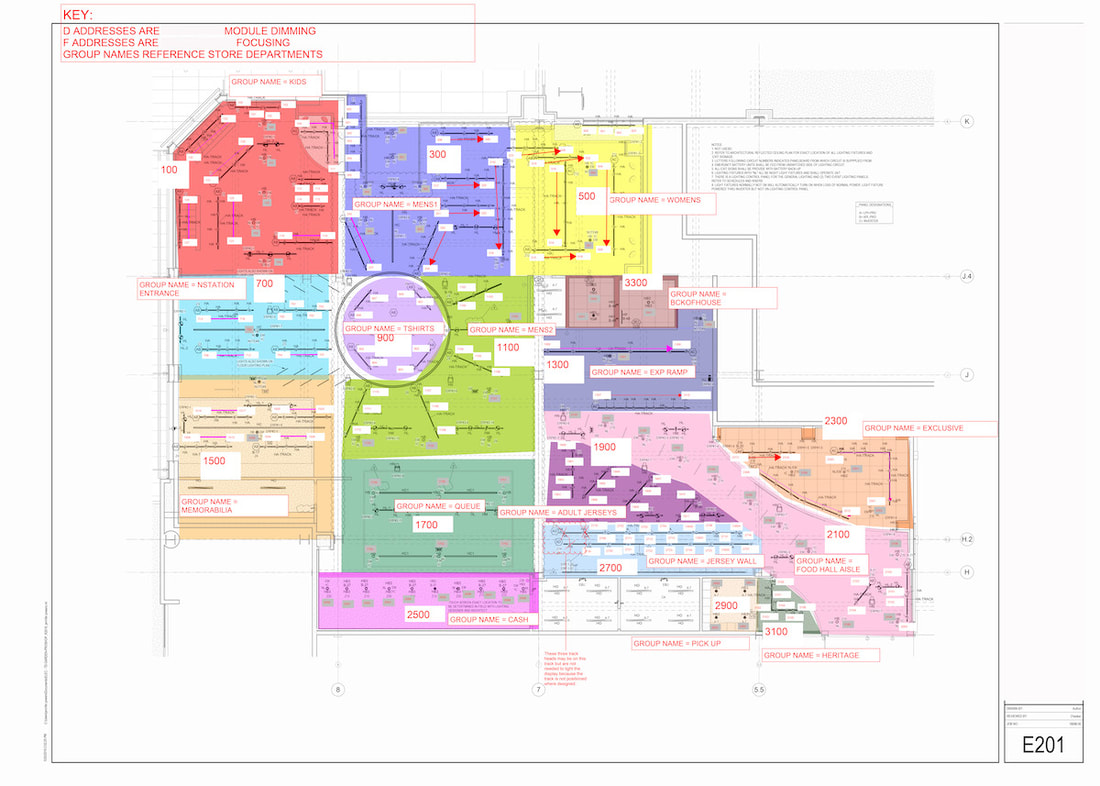
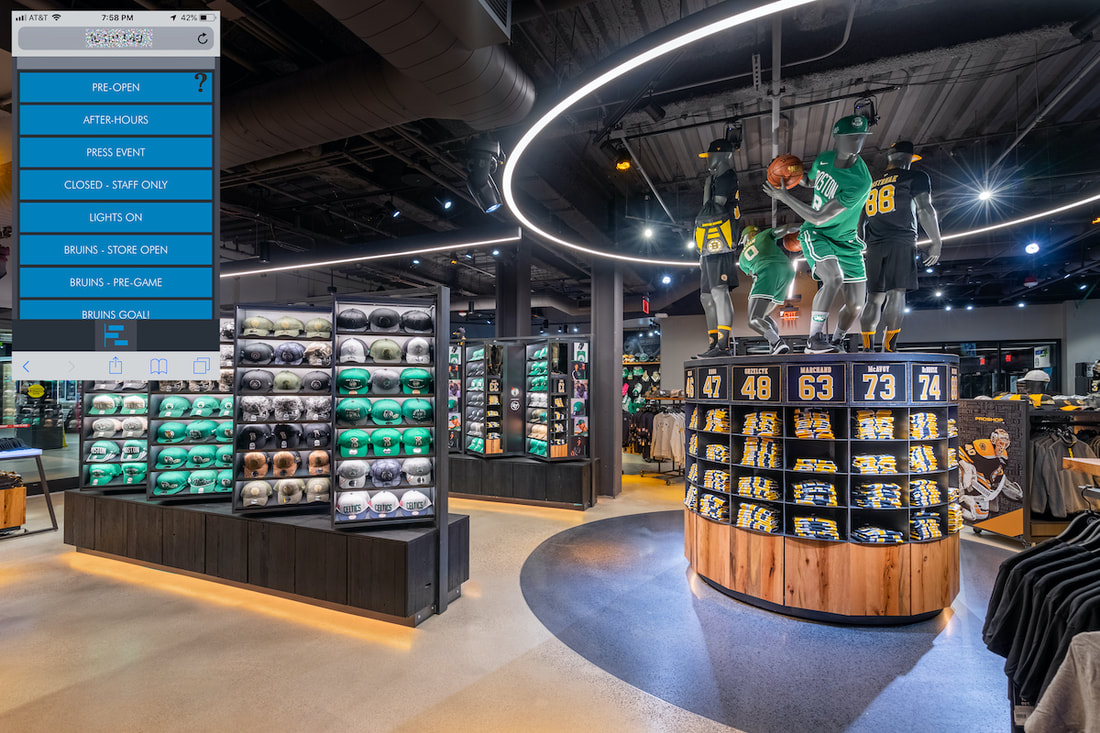
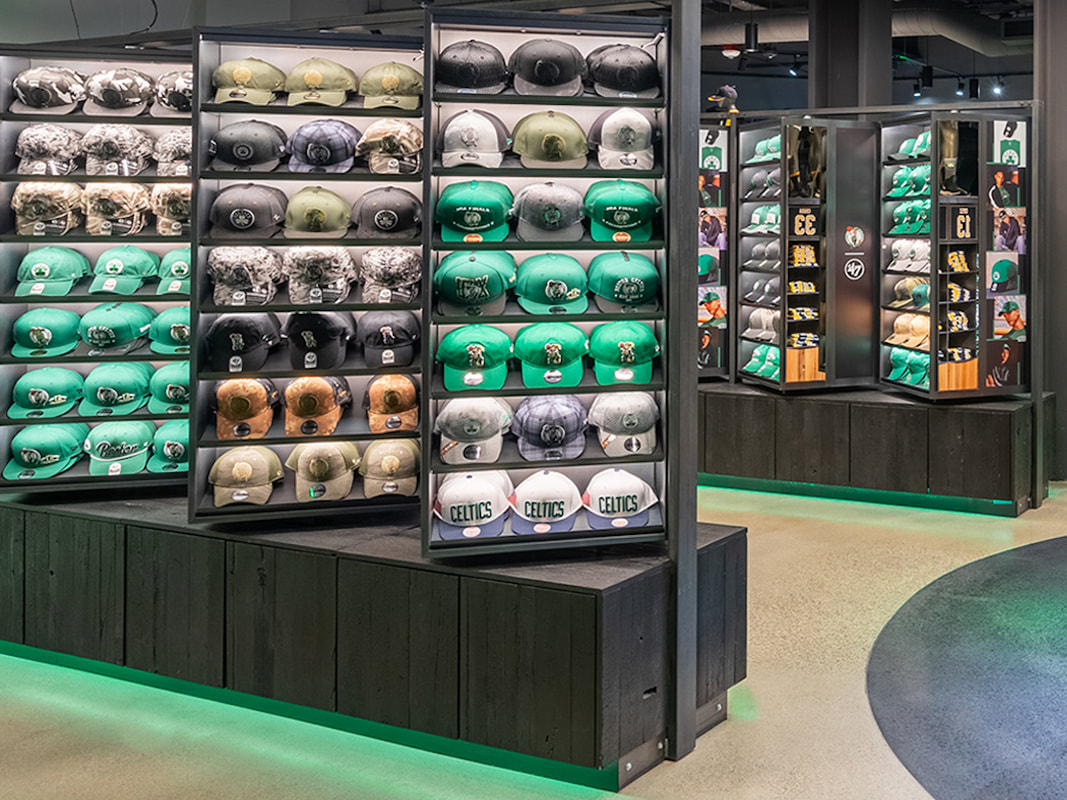
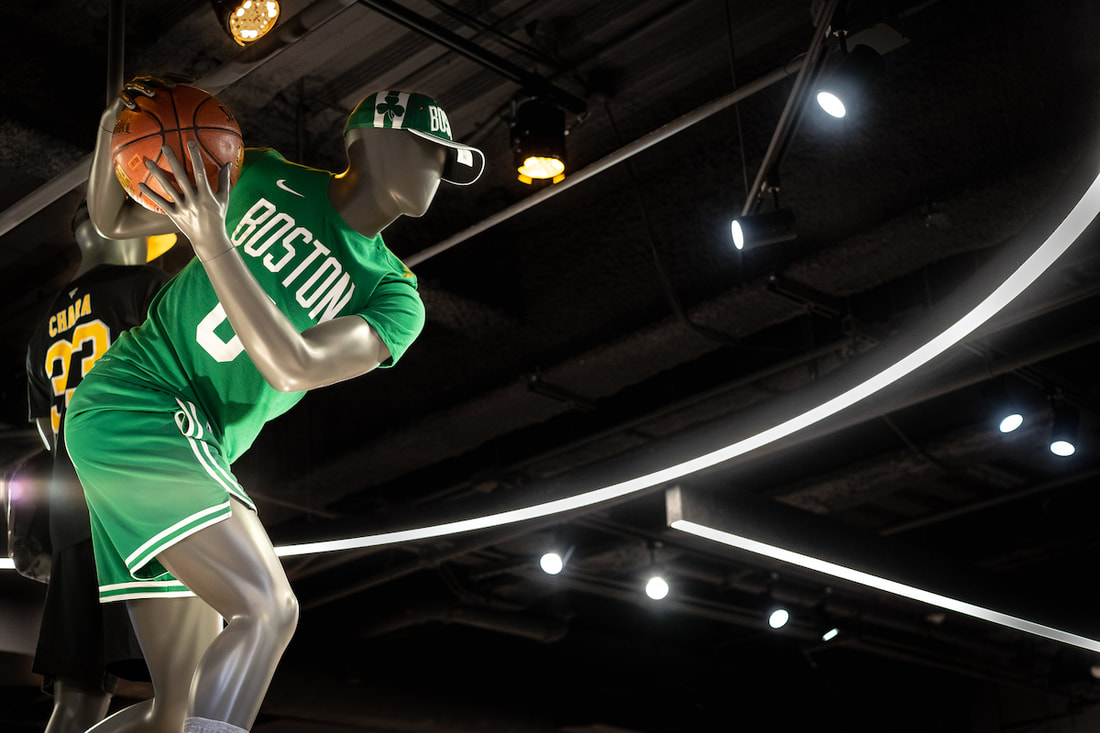

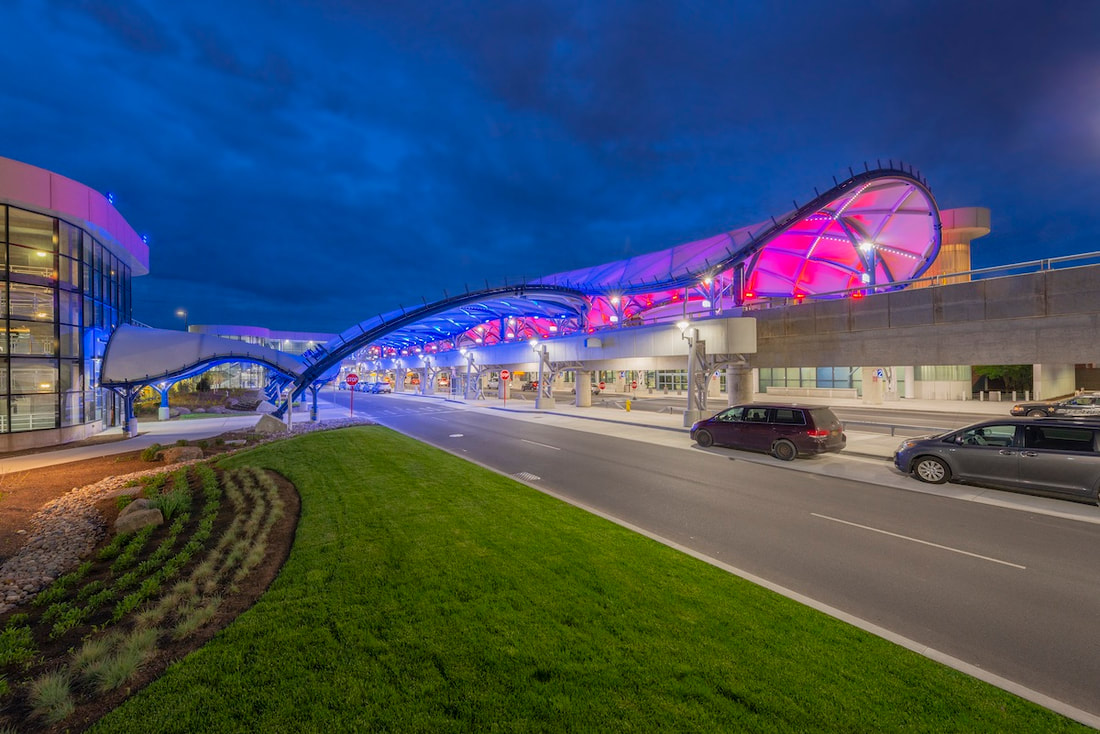
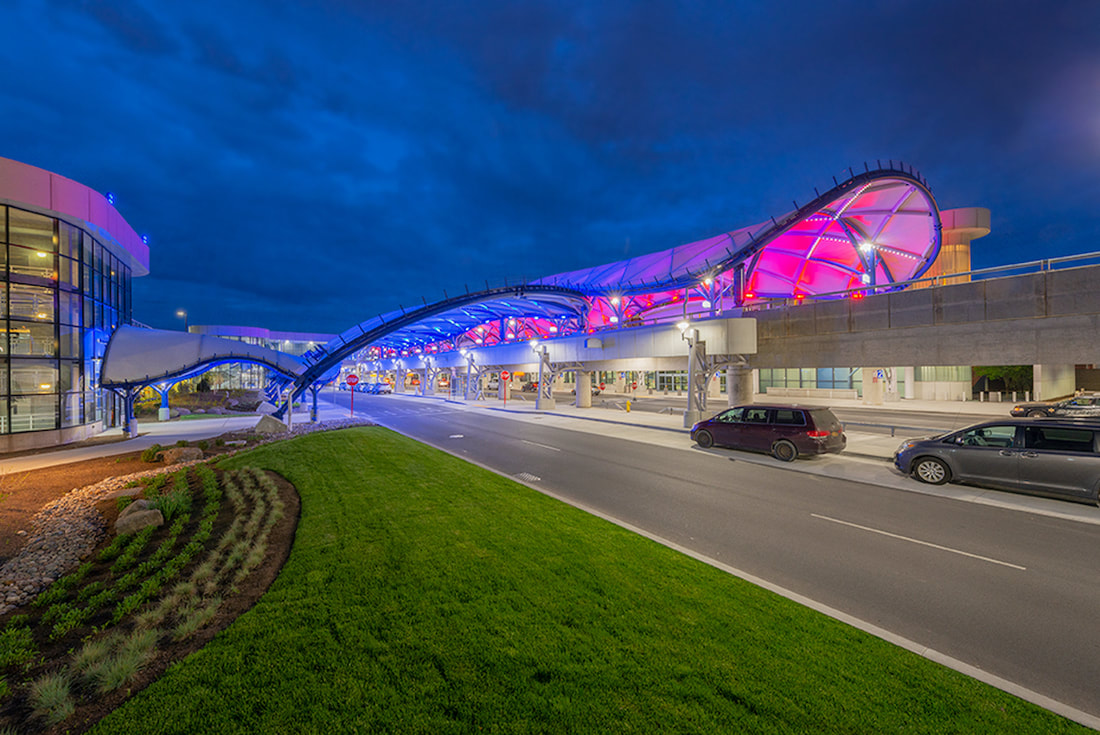
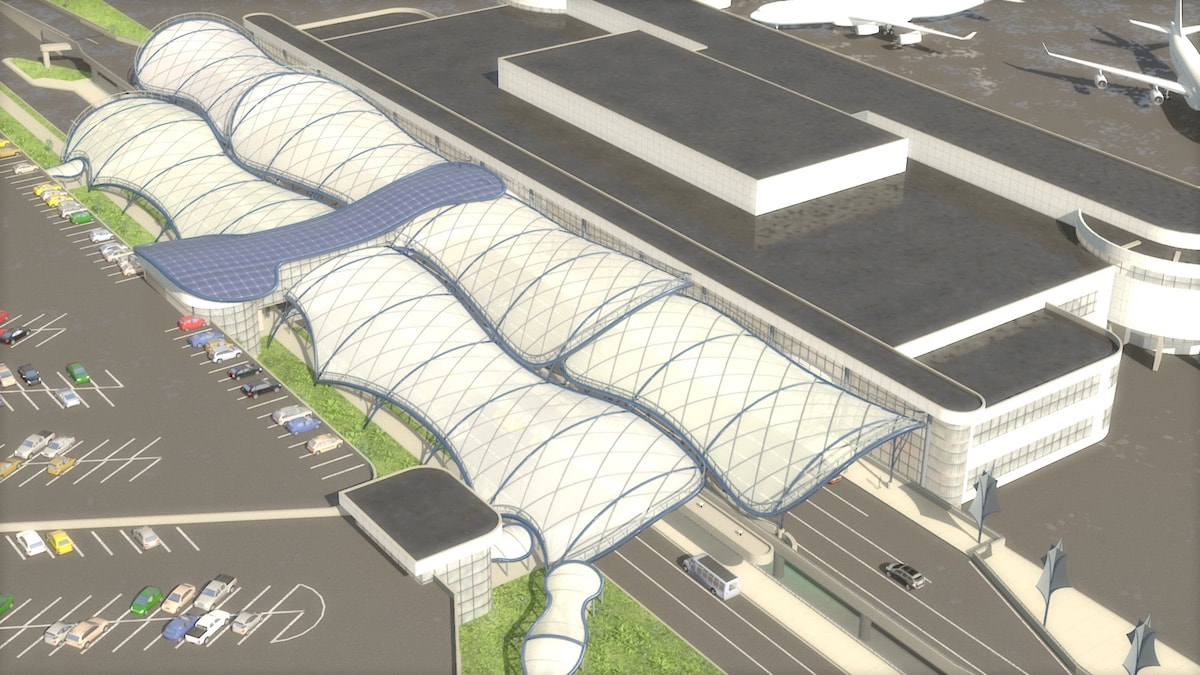
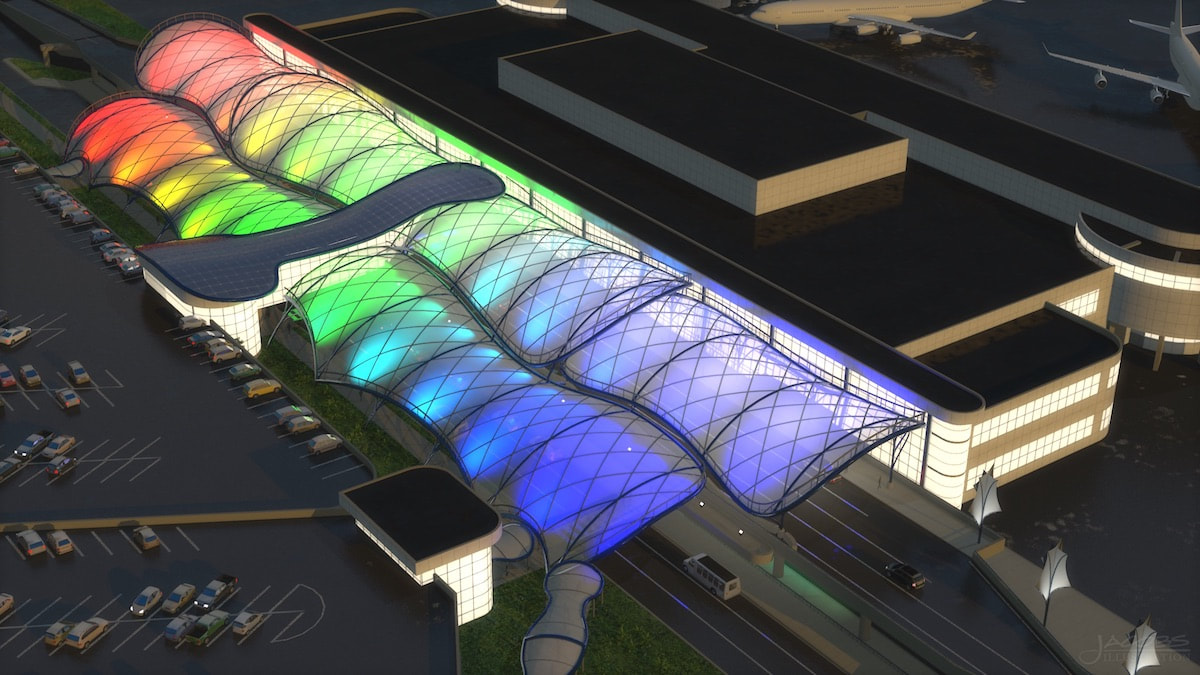
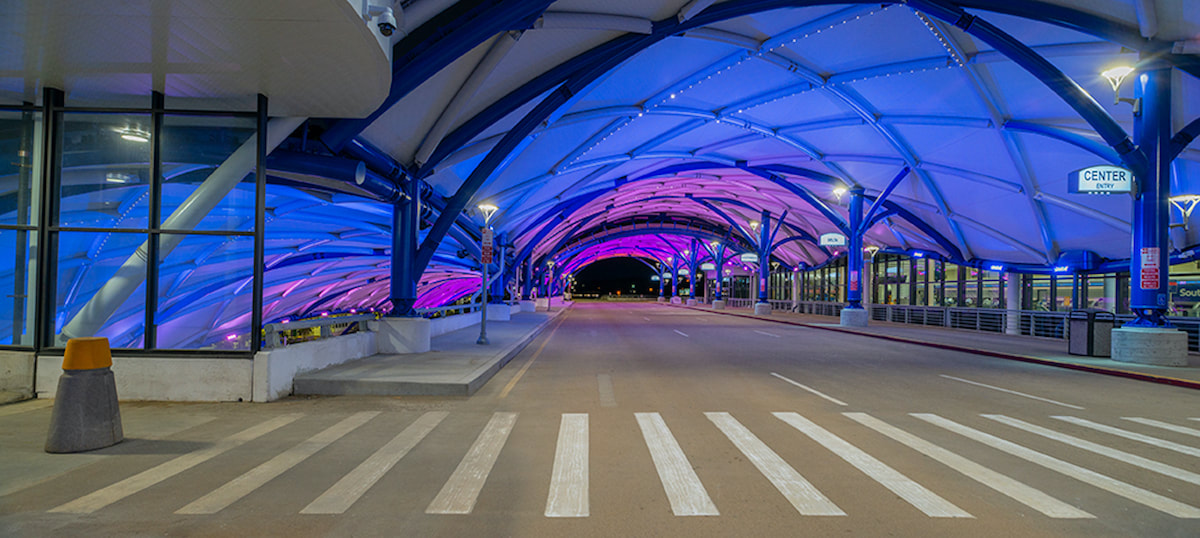
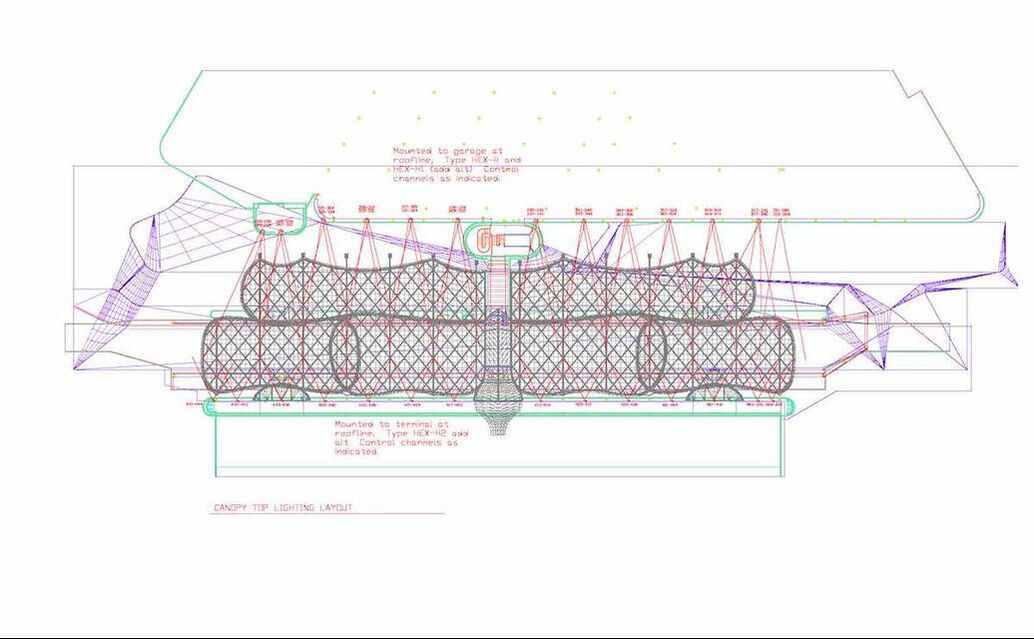
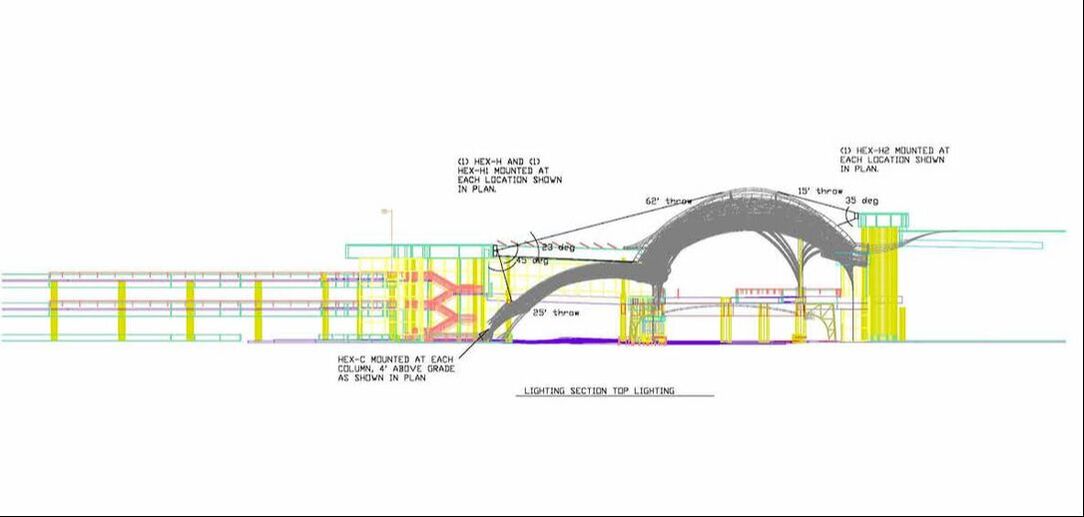
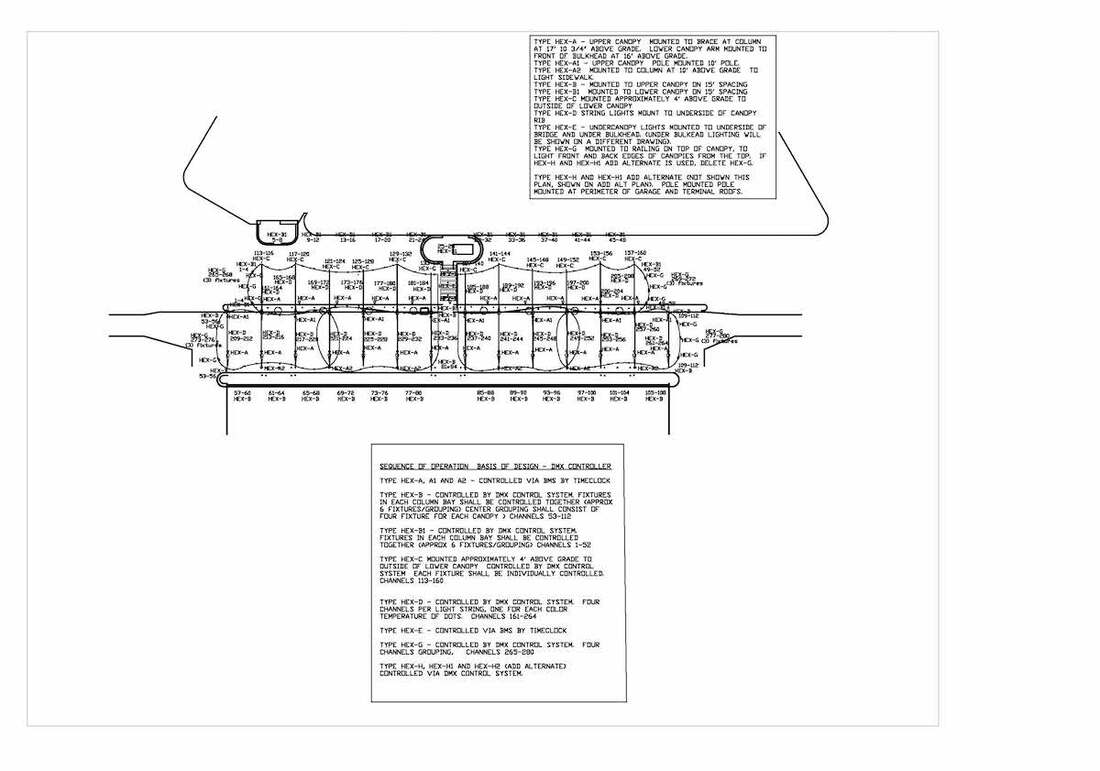
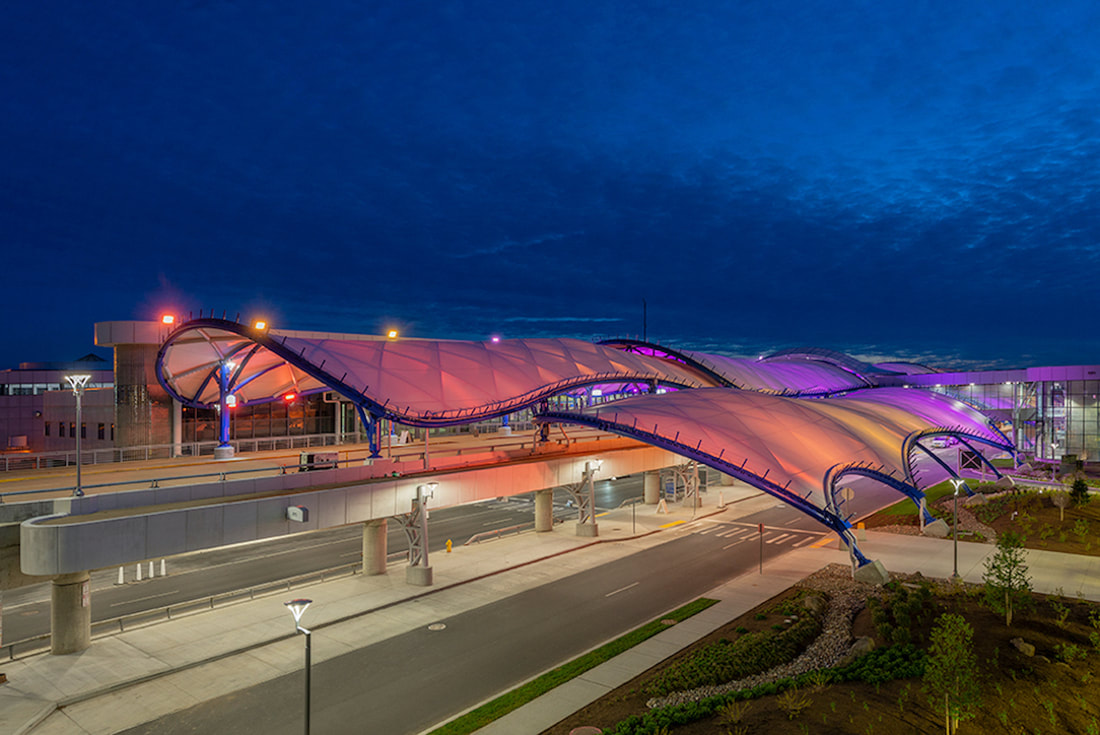
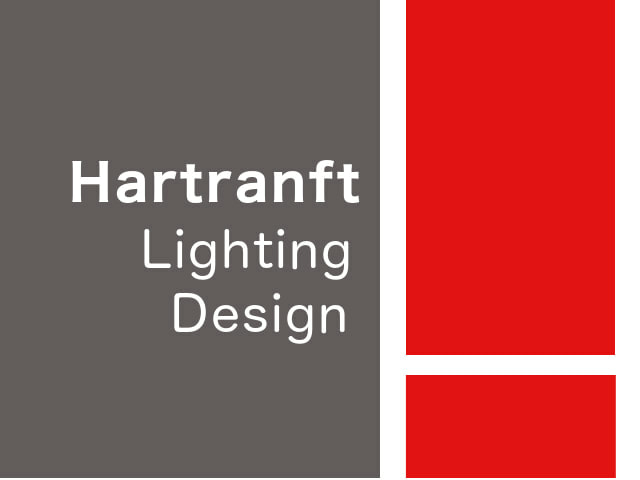
 RSS Feed
RSS Feed
